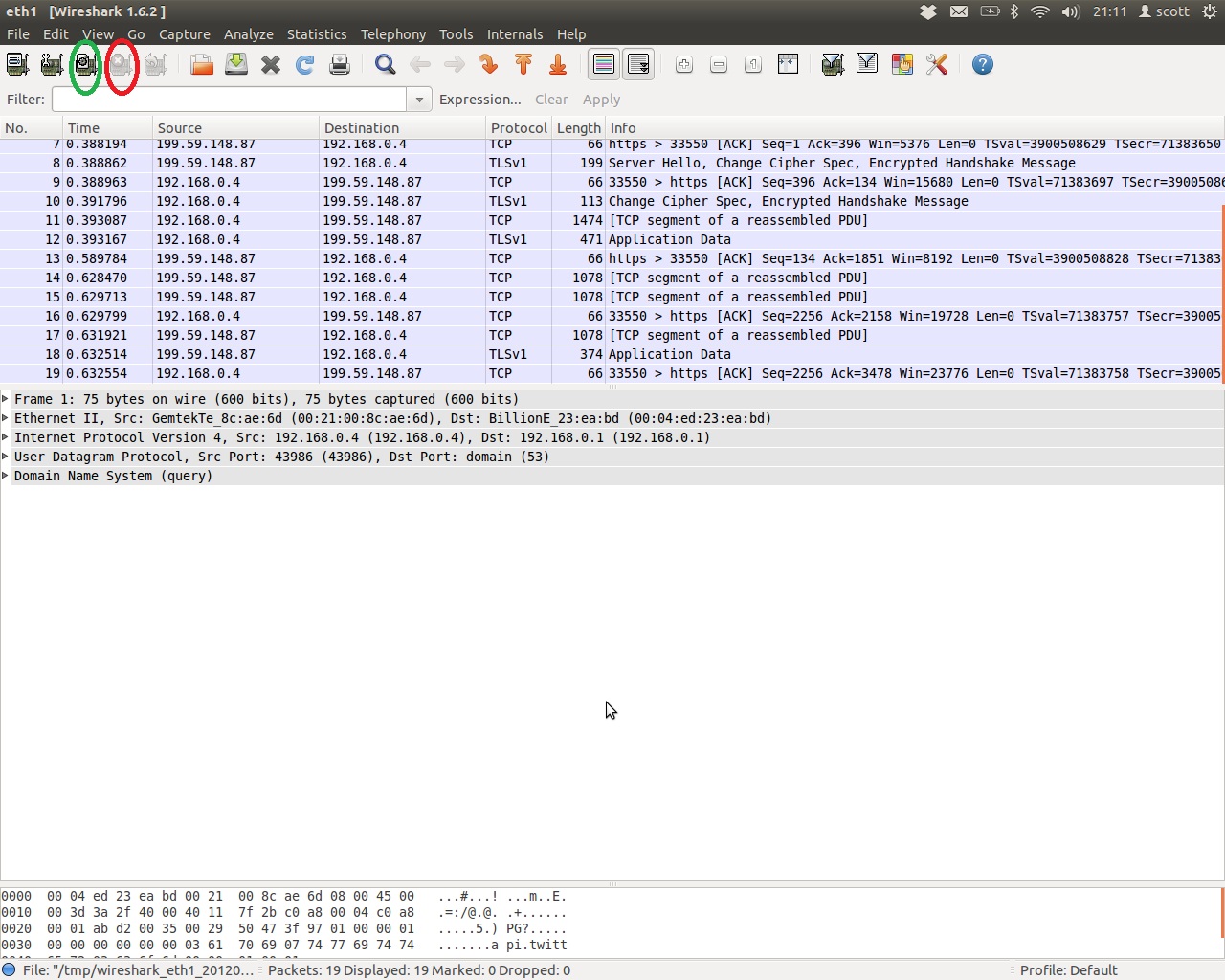

Wireshark will attempt to decrypt the TLS traffic using the provided (Pre)-Master-Secret. Open the captured TLS 1.2 traffic in Wireshark. In the Preferences window, select "Protocols" > "SSL."Ĭlick on "Browse" next to the "(Pre)-Master-Secret log filename" option.īrowse and select the ".key" file containing the exported (Pre)-Master-Secret.Ĭlick "OK" to close the Preferences window. Go to "Edit" > "Preferences" (or "Wireshark" > "Preferences" on macOS).

Save the exported packet bytes to a file, preferably with a ".key" extension.Ĭonfigure Wireshark to decrypt the TLS traffic: Right-click on it and choose "Export Packet Bytes." In the SSL/TLS session details window, locate the "Pre-Master-Secret" or "Master-Secret" value. Right-click on one of the TLS handshake packets and select "Follow" > "SSL" or "TLS" to view the details. These packets contain the (Pre)-Master-Secret required for decryption. Locate the TLS handshake packets in the captured traffic. Reproduce the desired network connection between your browser and the WCF service, ensuring that the TLS 1.2 traffic is captured by Wireshark. Open Wireshark and start capturing network traffic on the appropriate network interface.
#Wireshark filter out broadcast install
Install the latest version of Wireshark on your system.Ĭonfigure your browser and Wireshark to capture the network traffic between the browser and the WCF service. Here's a high-level overview of the process: 1-ĭecrypting TLS 1.2 data using Wireshark requires capturing the encrypted network traffic and obtaining the necessary cryptographic information, including the (Pre)-Master-Secret. Step-by-step instructions to decrypt TLS traffic from Chrome or Firefox in Wireshark:


 0 kommentar(er)
0 kommentar(er)
